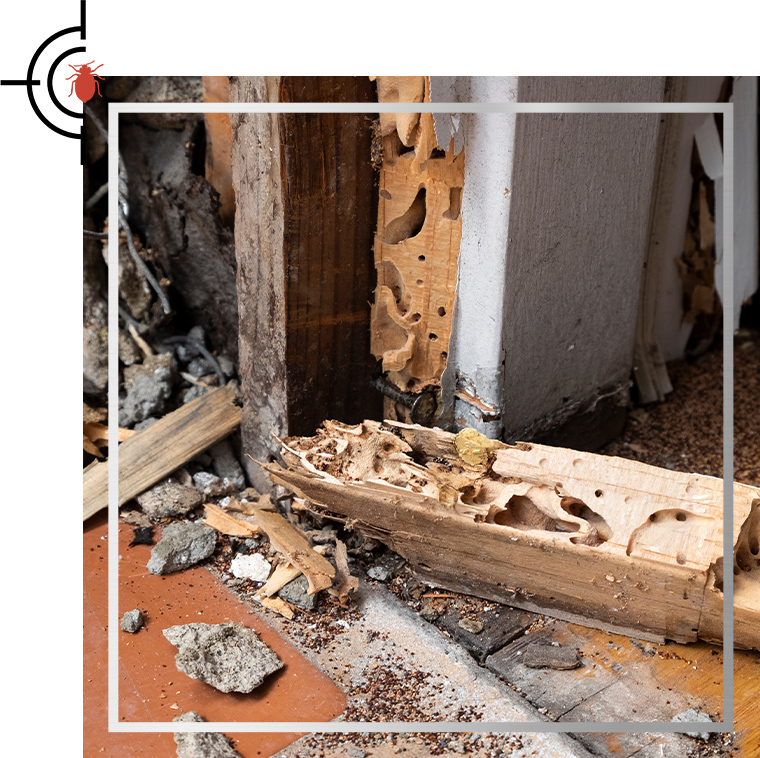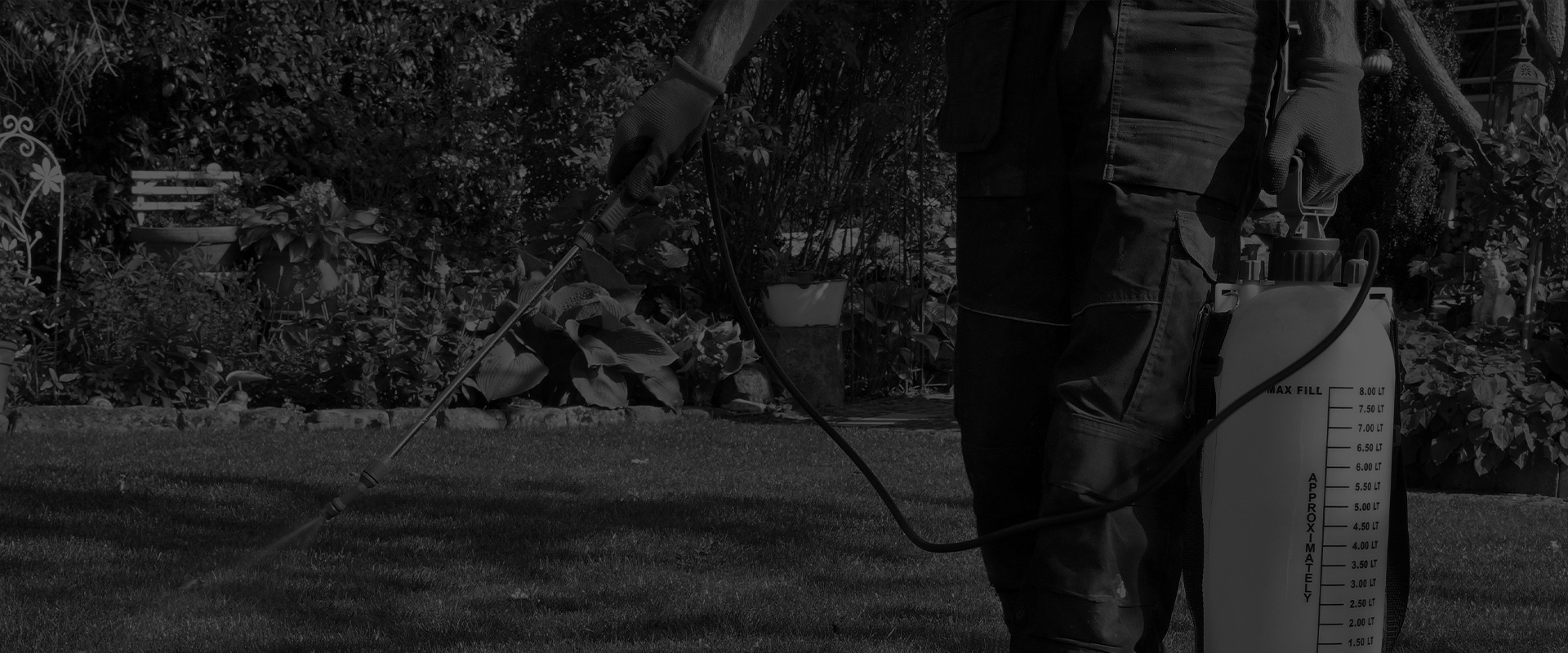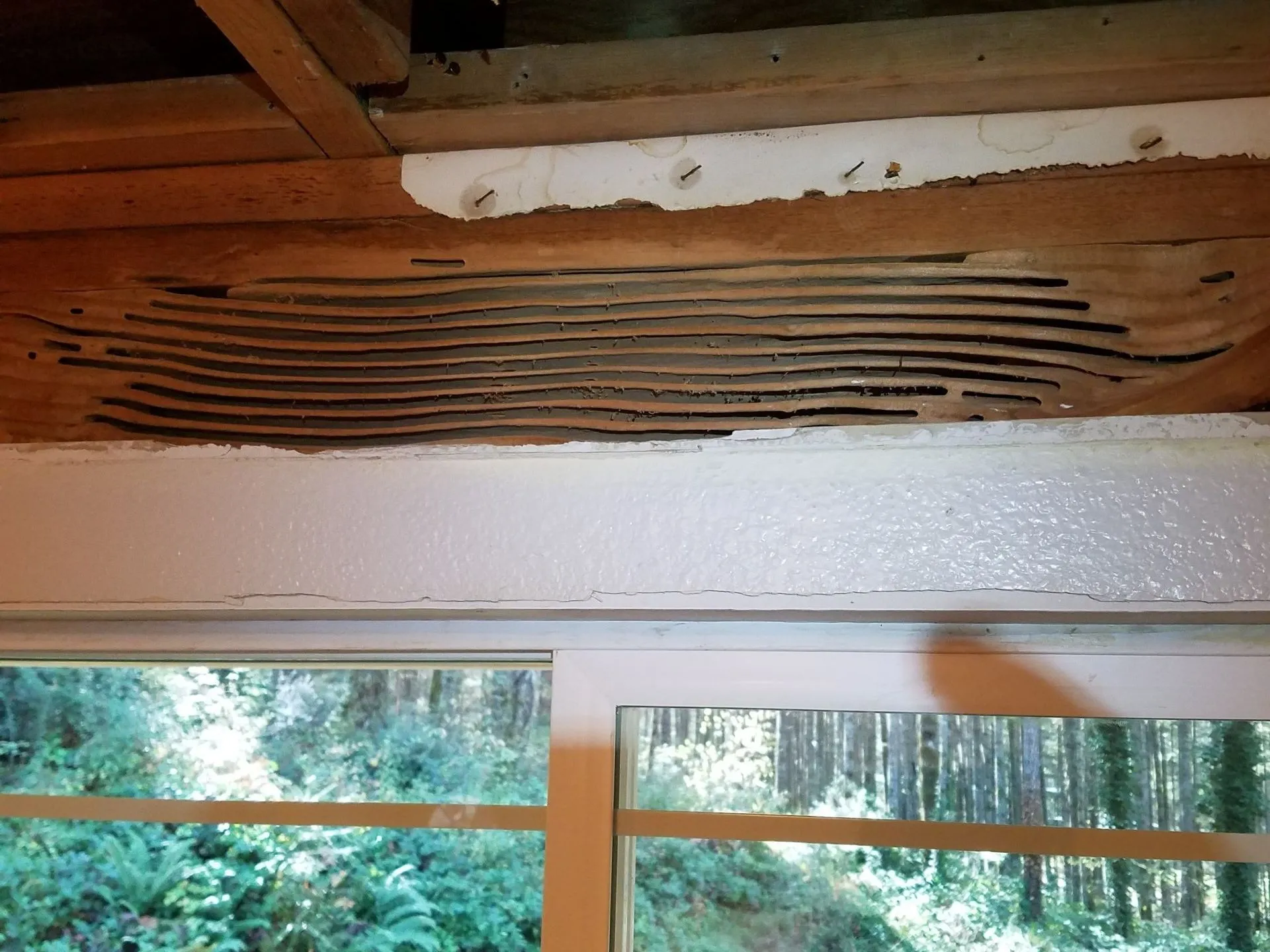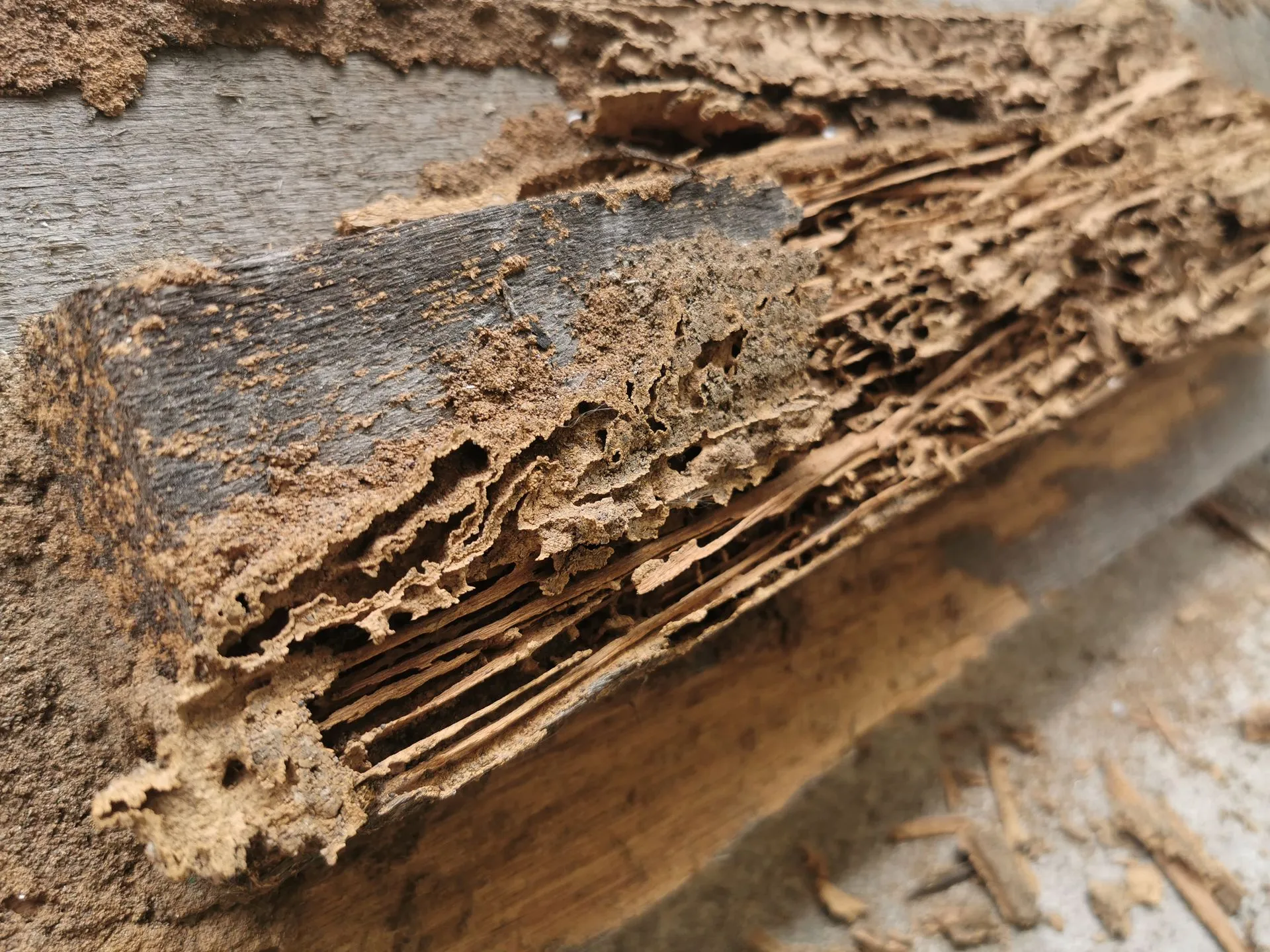
The Difference Between Termites & Ants
Swarming termites and swarming ants can often be confused due to their similar appearance and behavior, but they possess distinct characteristics that set them apart. For instance, while both insects may swarm in large numbers, termites tend to have a more elongated body and two pairs of wings that are equal in size, whereas ants typically have a pinched waist and unequal wings.
Understanding these differences is crucial for homeowners, as being able to accurately identify the specific type of pest can lead to more effective treatment solutions and prevention strategies for your home. By recognizing these features, you can better address any potential pest problems and take the appropriate action to protect your living space.


Enjoy peace of mind with our flexible recurring service. Get expert pest control every quarter, without the commitment of a contract. You can cancel anytime, but we’re confident you’ll love the results!
Identifying Your Pest
What are Swarming Termites?
Swarming termites are typically dark brown or black and have straight antennae. They have two pairs of wings that are equal in size and a broad waist. These insects swarm in the spring, usually after rain, to establish new colonies.
What are Swarming Ants?
Swarming ants are usually lighter in color, often reddish or black, and have bent antennae. Their wings are unequal in size, with the front pair being larger. Ants also swarm in the spring but are more likely to do so on warm, sunny days.
How to Identify Them?
To identify swarming termites, look for their straight antennae and equal wings. For ants, check for bent antennae and unequal wing sizes. Observing these features can help you determine the type of pest you're dealing with.
Carpenter ants leave smooth, cleaned out galleries in the damaged wood, whereas termite damage will be ragged in appearance and the galleries filled with mud debris.
Carpenter ants do not consume the wood and will leave behind a coarse chiseled out wood material (Frass) which will also include ant parts.
-
Precision, Not GuessworkOur team is licensed in both RI & MA, trained to the highest standards, and committed to delivering meticulous pest control solutions. From thorough inspections to effective treatments, we take a detailed approach to every job.
-
No Contracts, No HassleWe believe in earning your business with results, not binding contracts. Our services are straightforward, effective, and flexible—cancel anytime, no strings attached.
-
On Time, Every TimeYou can count on us for prompt, reliable service with clear, upfront pricing. We respect your time, and we show up when we say we will—because trust starts with reliability.
-
Veteran-Owned, Customer-FocusedFounded on discipline, integrity, and attention to detail, we bring a mission-ready mindset to every job. Your satisfaction is our priority, and we back it up with a guarantee.

Pest Problems Neutralized!
Hear From Our Happy Customers
Serving Smithfield, RI Since 2011
-
"Amazing Service!"Everyone who comes out to our property does a great job, great customer service, very professional, and the treatments are very effective!- Ruta O.
-
"Always Recommend!"They take the time to listen to your pest concerns, walk you through solution options, and implement the appropriate treatments in a very timely manner.- Eric R.
-
"Above and Beyond!"Fast, courteous, effective. I can't say enough nice stuff about these guys.- Justin C.
-
"Great Company!"Courteous professional staff who are good at their jobs and keep good care of clients' homes.- David C.
-
"Quick Service!"They are quick to respond, communicate clearly, and are reasonable in their pricing.- Michael C.
-
"Professional & Trustworthy"Pest Assassins is trustworthy, reasonably-priced, and honest with the work they do.- John P.
-
"5+ Stars!"
Pest Assassins is always professional, on time, and thorough!
- Christine V. -
"Great Service!"Pest Assasins has given me the piece of mind that all is well & taken care of. That to me is priceless!- Cat G.
Why Does it Matter?
Identifying whether you have termites or ants is crucial for effective pest control. Termites can cause significant structural damage, while ants may indicate other issues. Prompt action can save you time and money.
What Should You Do?
If you suspect a swarm in your home, contact Pest Assassins immediately. Our team is ready to respond quickly and effectively to protect your property.
Quick Comparison
Understanding the differences between swarming termites and ants is not only important but can significantly empower you as a homeowner to take the right action when faced with an infestation. By recognizing these distinctions, you can promptly identify the type of pest problem you are dealing with and respond appropriately.
Trust Pest Assassins to provide you with expert pest control solutions tailored to your specific needs, ensuring a comprehensive approach to keeping your home safe and free from these unwanted intruders.







